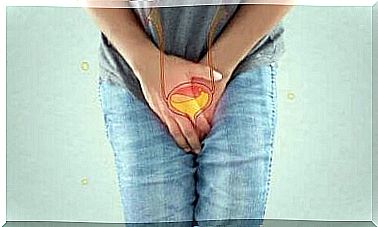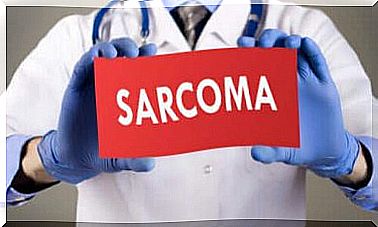Characteristics And Symptoms Of Intestinal Polyps
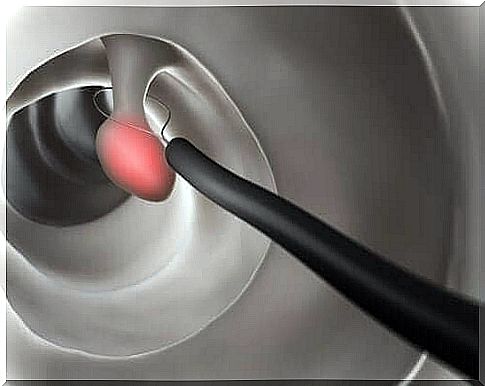
In today’s article we will discuss the features and symptoms of colon polyps. Colon polyps are one of the most common problems in that part of the body. They affect about 15-20% of the population.
The polyps are benign in most cases, although some can develop into cancer. Anyone can have colon polyps, but they are more common in people who have had them before or are older than 50.
This is also the case in people with a family history of colon polyps and/or who have had colon cancer in the past. Most often, colon polyps are asymptomatic, and in general, a colonoscopy can detect them.
It is important to have this scan done periodically as removing the polyps in their early stages is much easier and safer for the patient.
colon polyps
Colon polyps are pieces of extra tissue that grow in the colon. They are due to the grouping of a small set of cells that grow more in the intestinal mucosa. These are benign tumors and can grow in other parts of the digestive system as well.
They range from 2.5 centimeters to several centimeters in diameter. They look like little bumps that sometimes grow on a kind of ‘stalk’, so they look like fungi. However, colon polyps can also be flat. Usually they are spread over the intestinal wall.
There are two types of polyps: neoplastic and non-neoplastic. The first can become cancerous and can be toothed polyps or adenomas. The latter are generally benign.
They include the following polyps:
- Hyperplastic
- Inflammatory
- Hamartomatous
In general, the larger the polyp, the more likely it is to develop into cancer.
Causes
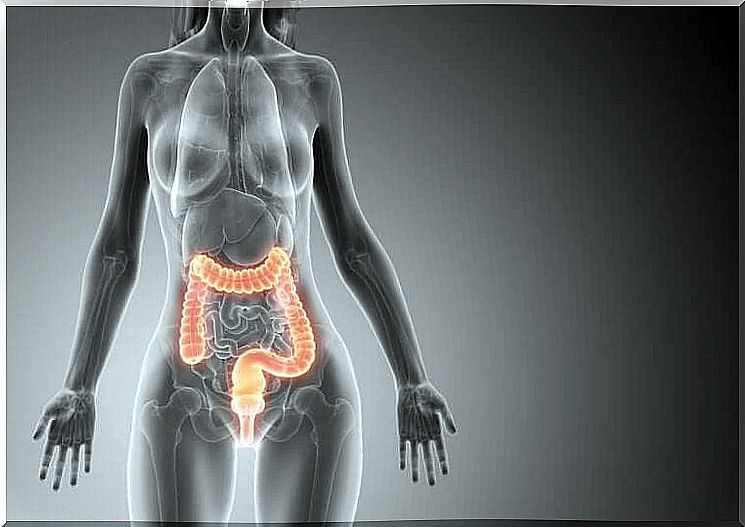
The reason why polyps grow in the colon is not clear. Researchers have found that the mutations of several genes alter the process of cell division and continue to do so even when it is not necessary. As a result, the polyps form.
Some people are at greater risk of developing colon polyps, as mentioned above, namely those over the age of 50 or who have a personal or family history of polyps or colon cancer. Smokers, alcohol users, obese people and people with type 2 diabetes are also at risk.
Another risk group are those who suffer from ulcerative colitis or Crohn’s disease (Spanish link). In a few cases, there are hereditary diseases that predispose a person to develop polyps. These diseases include:
- Lynch syndrome
- Familial adenomatous polyposis
- Gardner syndrome
- MUTYH associated polyposis
- Peutz-Jeghers syndrome
- Serrated Polyposis Syndrome
Symptoms and Diagnosis of Colon Polyps
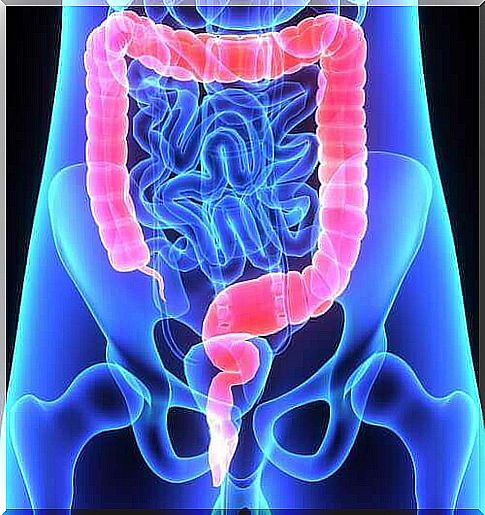
As we mentioned above, most colon polyps show no symptoms. Some people have rectal bleeding, which they often detect because their underwear or toilet paper is stained after a bowel movement. There may also be blood in the stool.
Constipation or diarrhea that lasts longer than a week also indicates the presence of polyps. However, doctors usually detect them through specific tests such as colonoscopy, colonography, flexible sigmoidoscopy, and/or stool analysis.
Colonoscopy is the most appropriate test to perform as it allows doctors to detect colon polyps. It also allows them to delete them when they find them. It is a functional procedure.
Other data of interest
There are several ways to remove polyps during a colonoscopy. Doctors sometimes cut them out with a wire or biopsy forceps. It is also possible to burn their stem with an electrical element.
These procedures are not painful because the lining of the intestine is insensitive to such stimuli. After removal, the doctor sends the tissue to a laboratory for examination.
From there, they will determine whether it is cancer or not. There are cases where they can’t remove the polyps during a colonoscopy, but they can still mark them or make an endoscopic tattoo on them. This makes the polyps easier to detect during surgery.
The removal of polyps is a polypectomy and is an outpatient procedure with few complications. Only in a few cases does this lead to bleeding or small perforations, which the doctor must then treat. In all cases, they will recommend further colonoscopies in the coming years.







